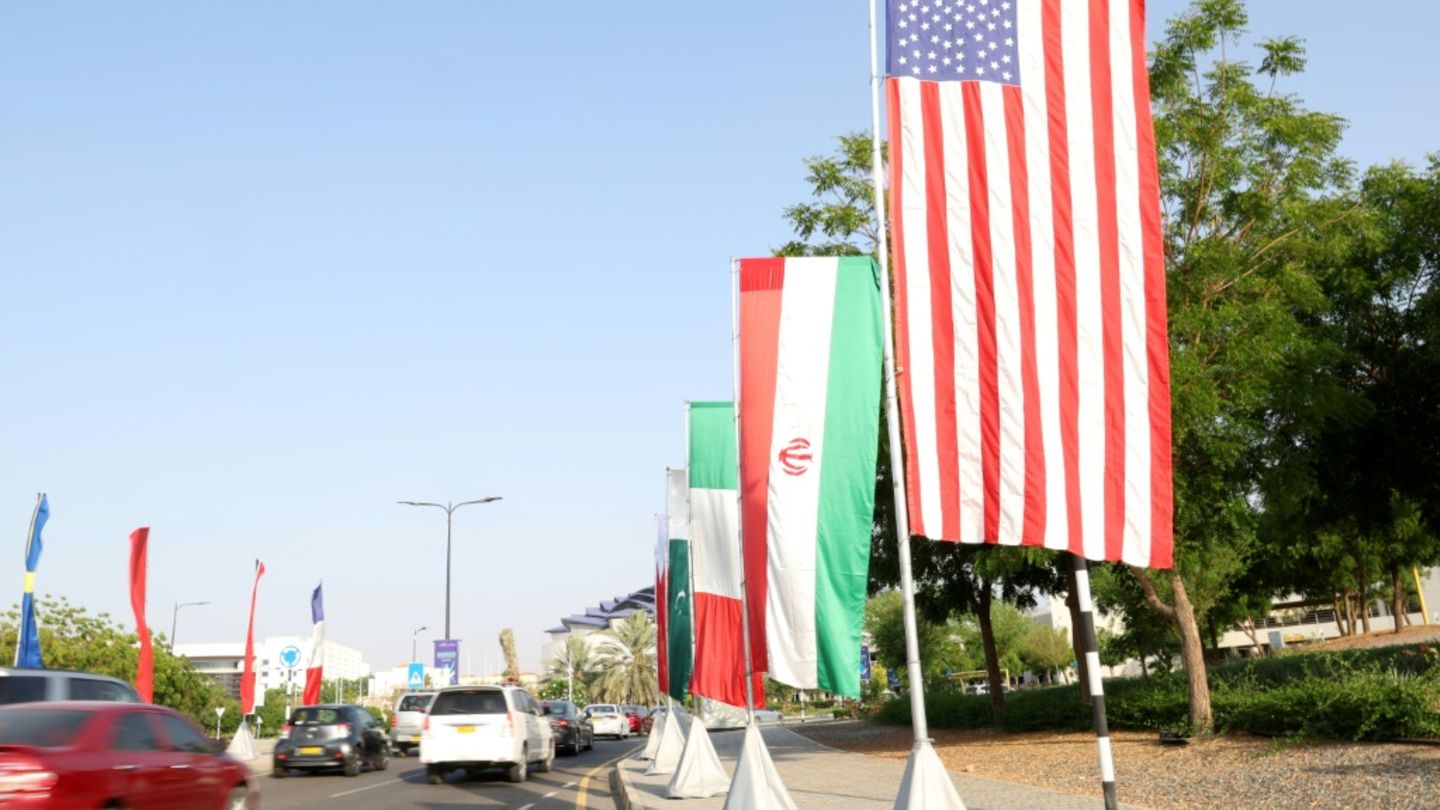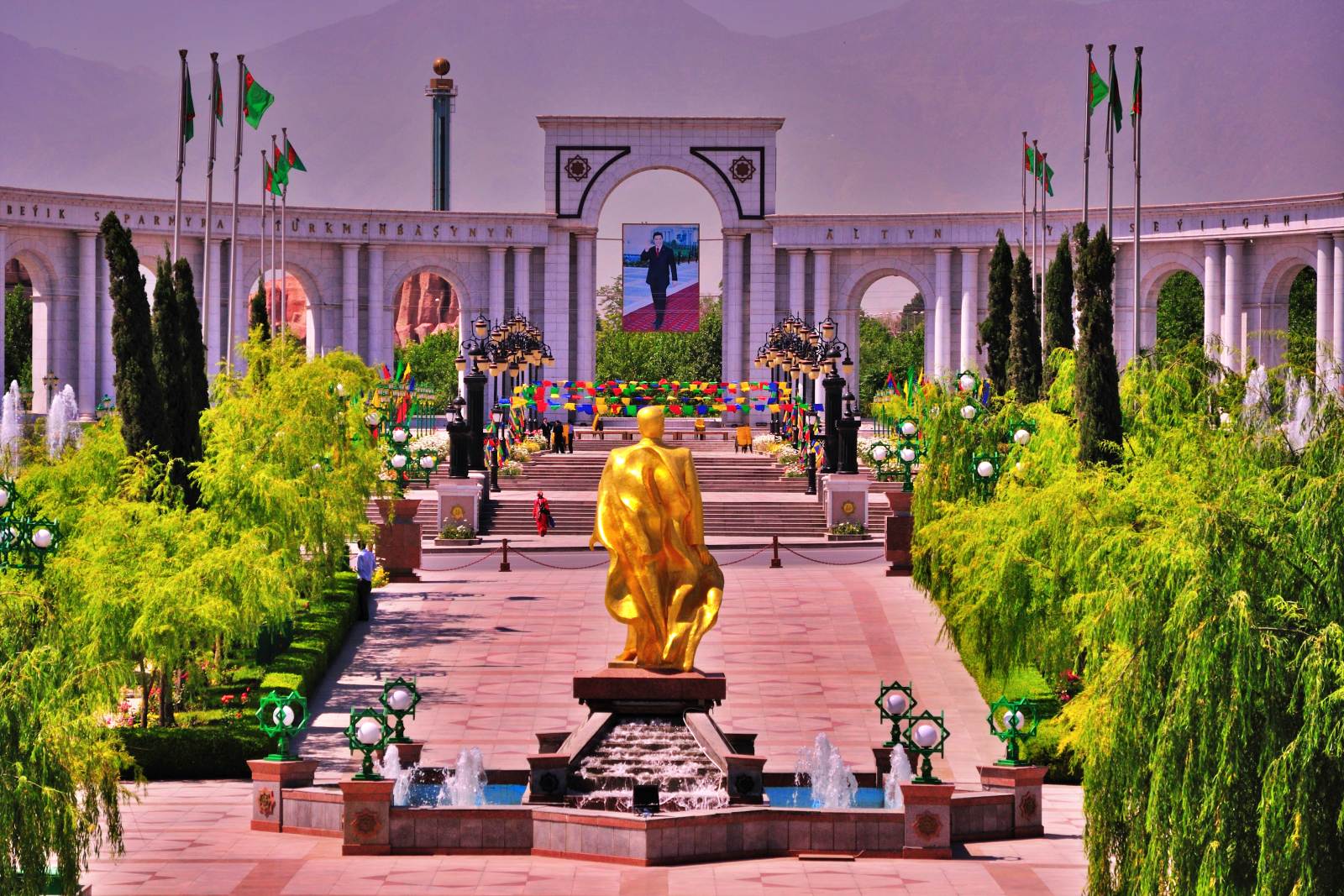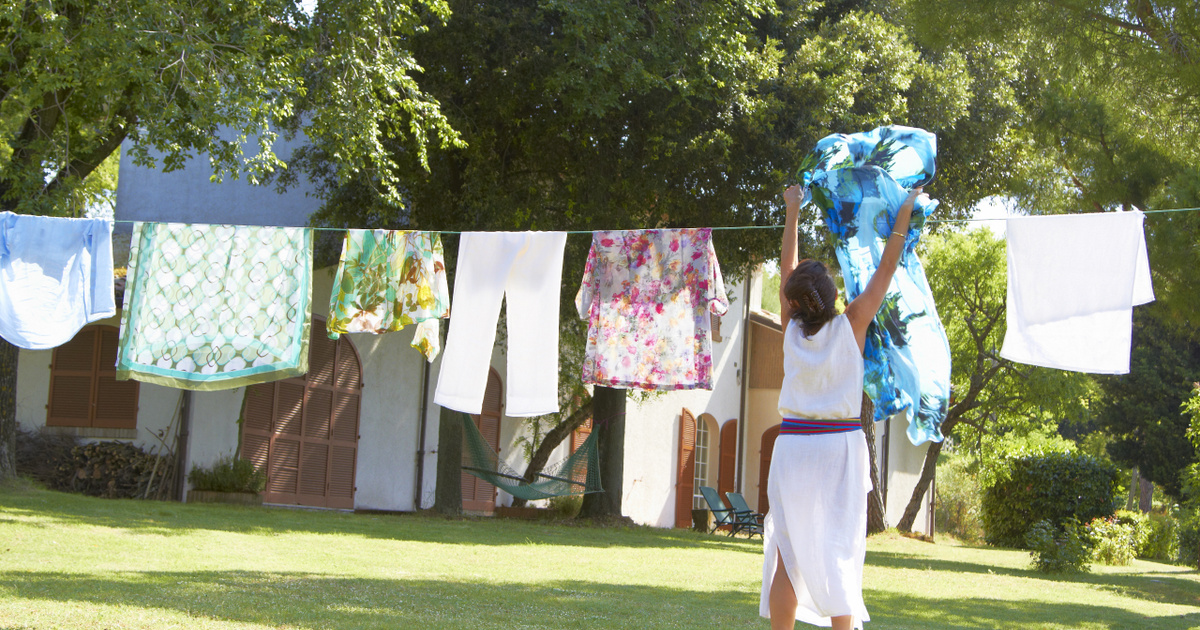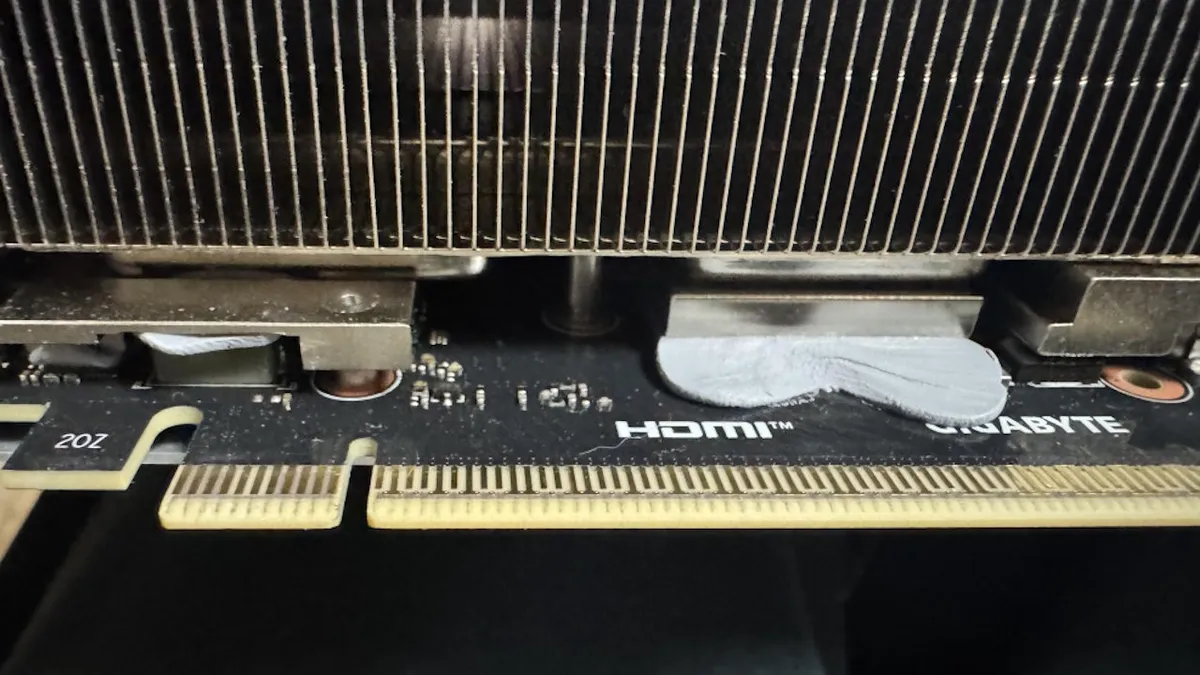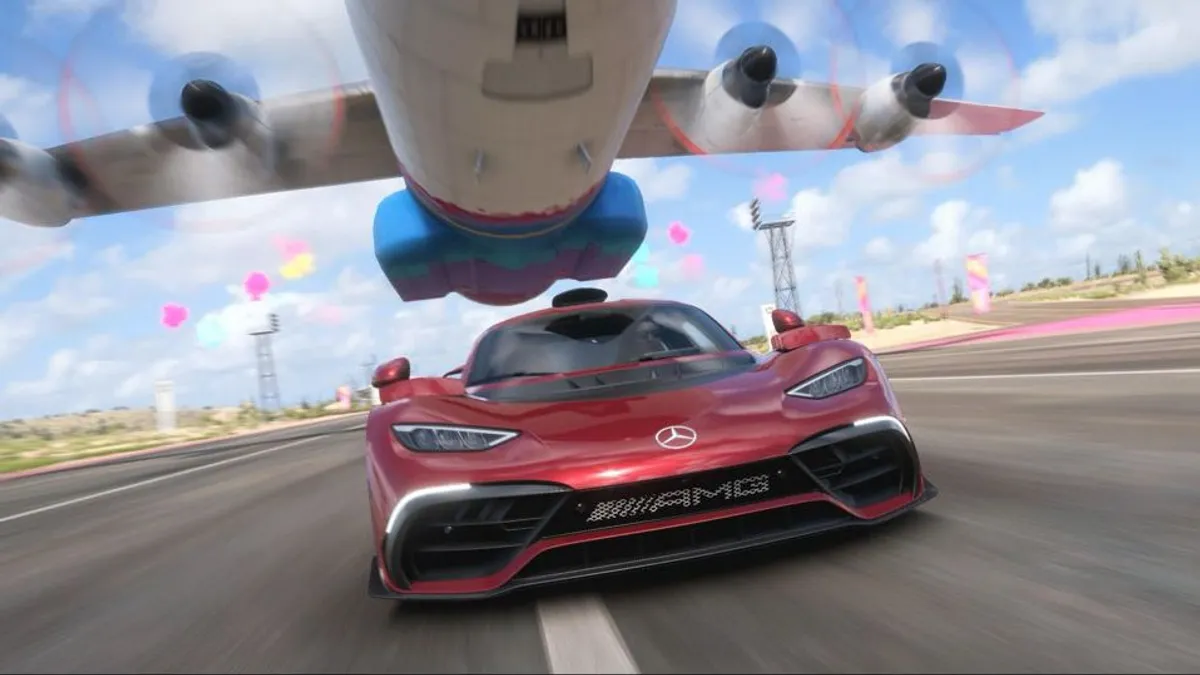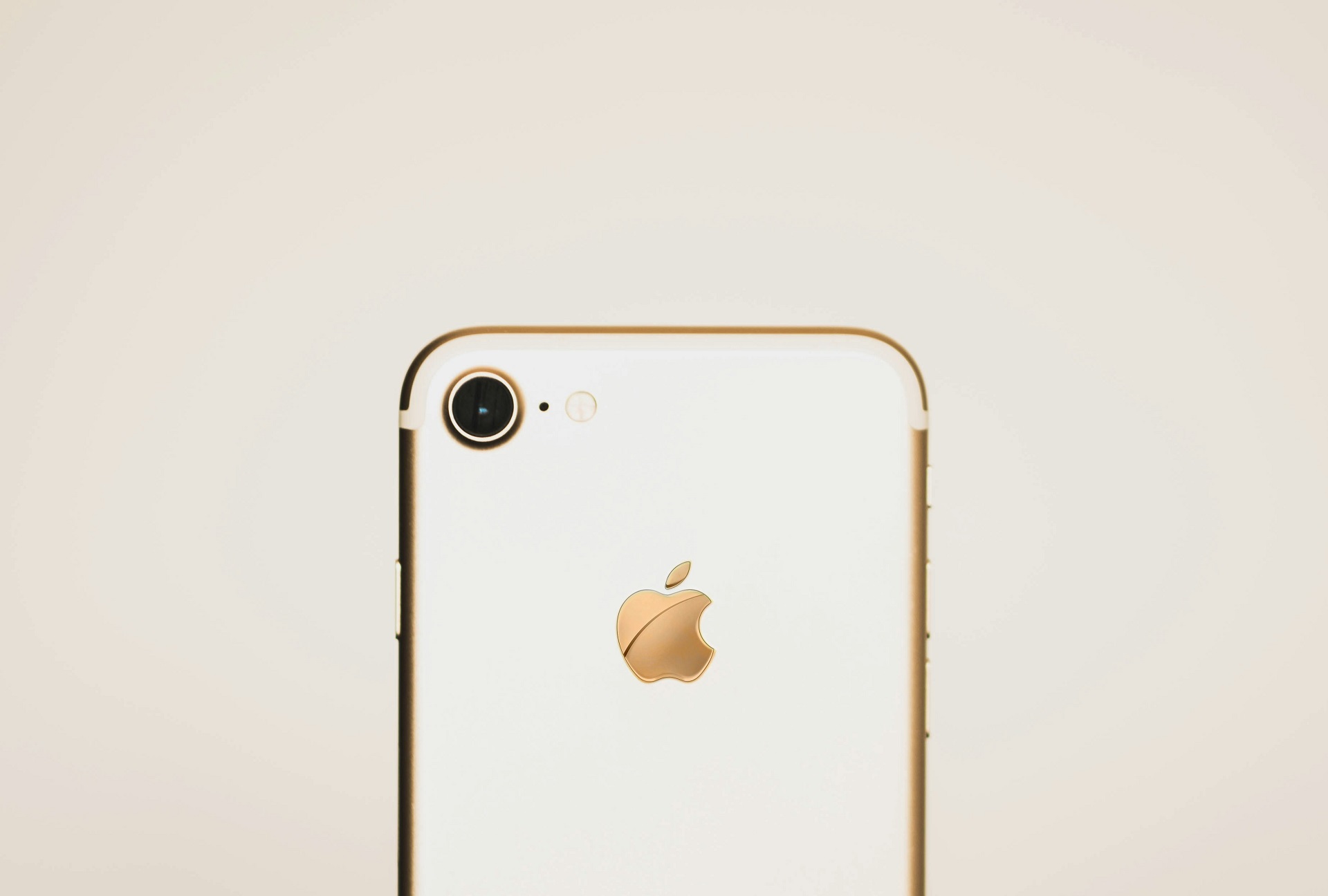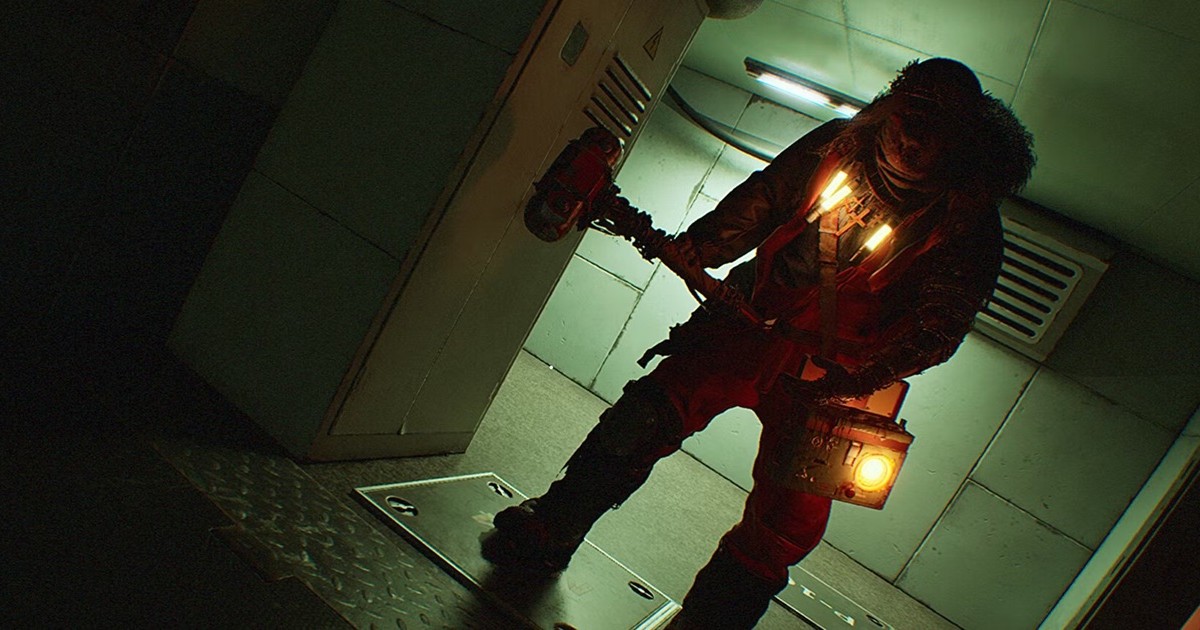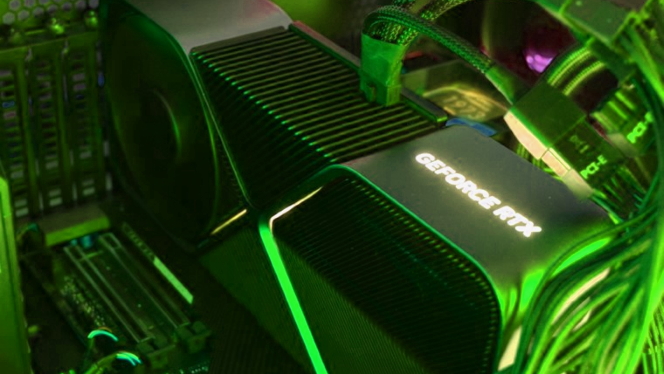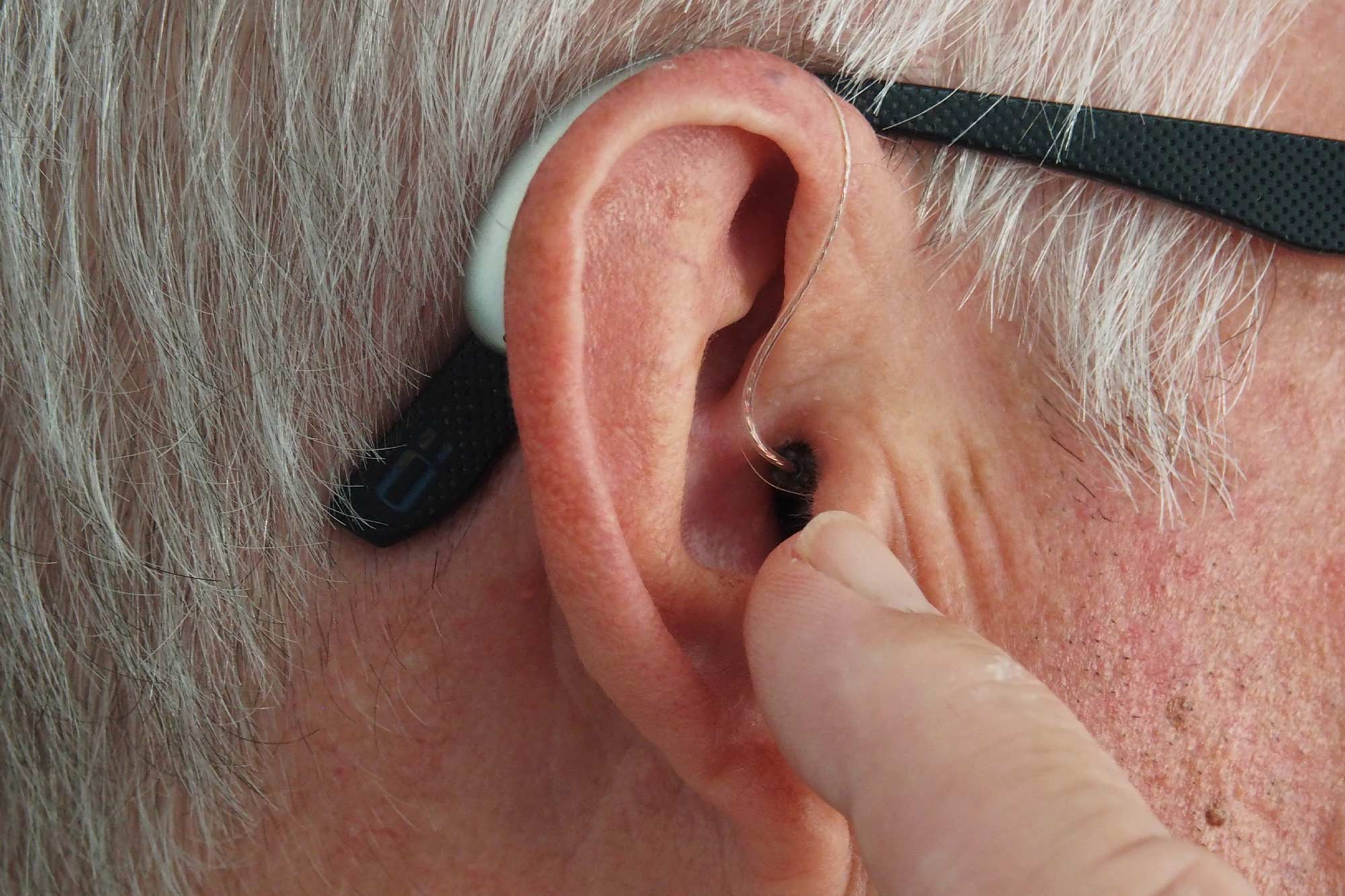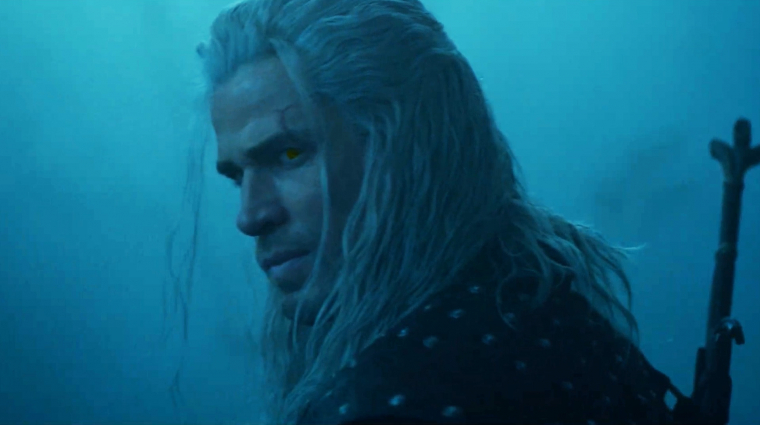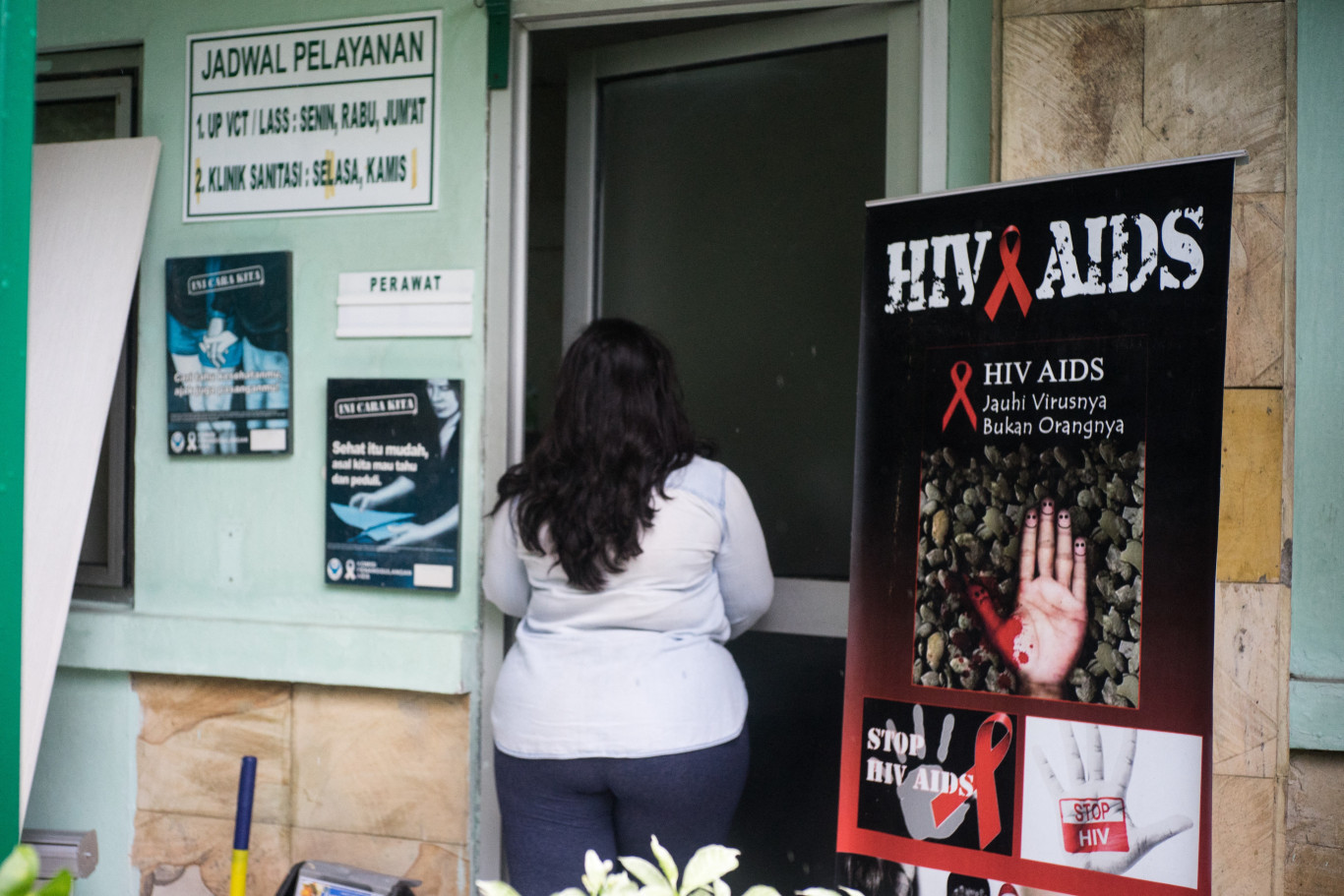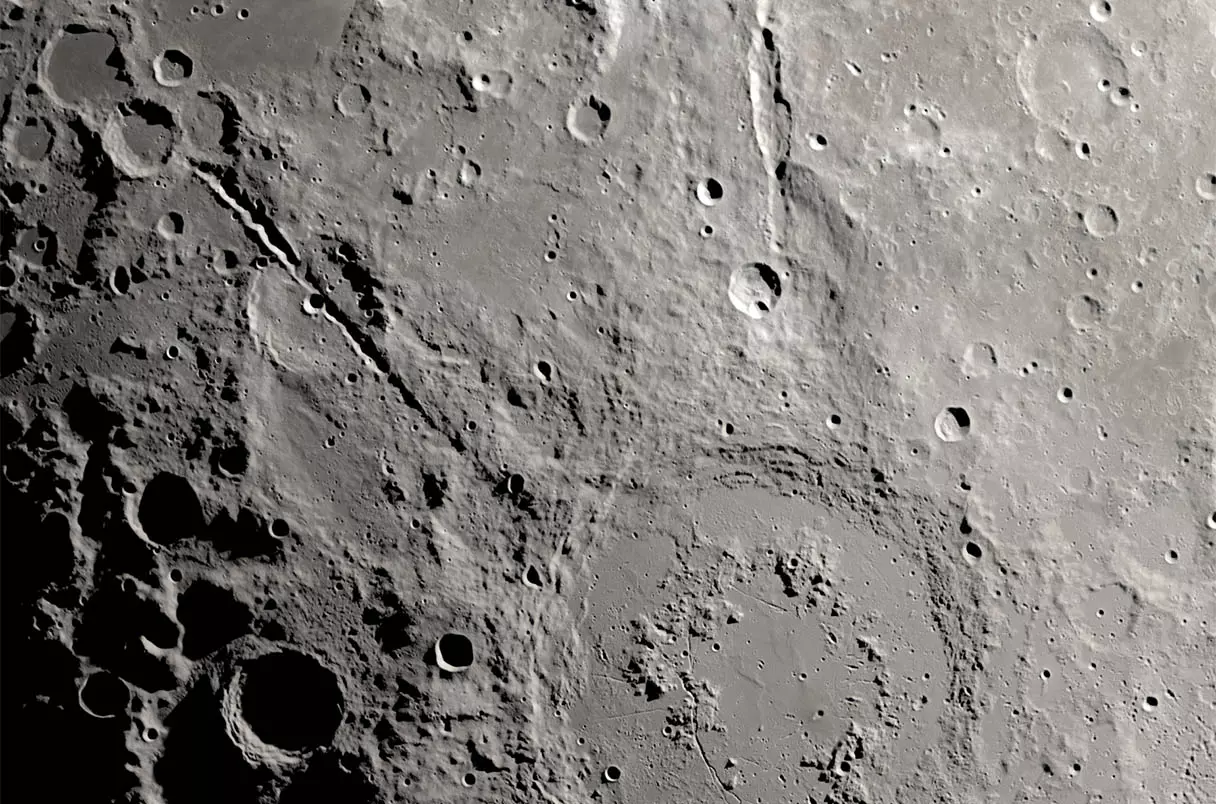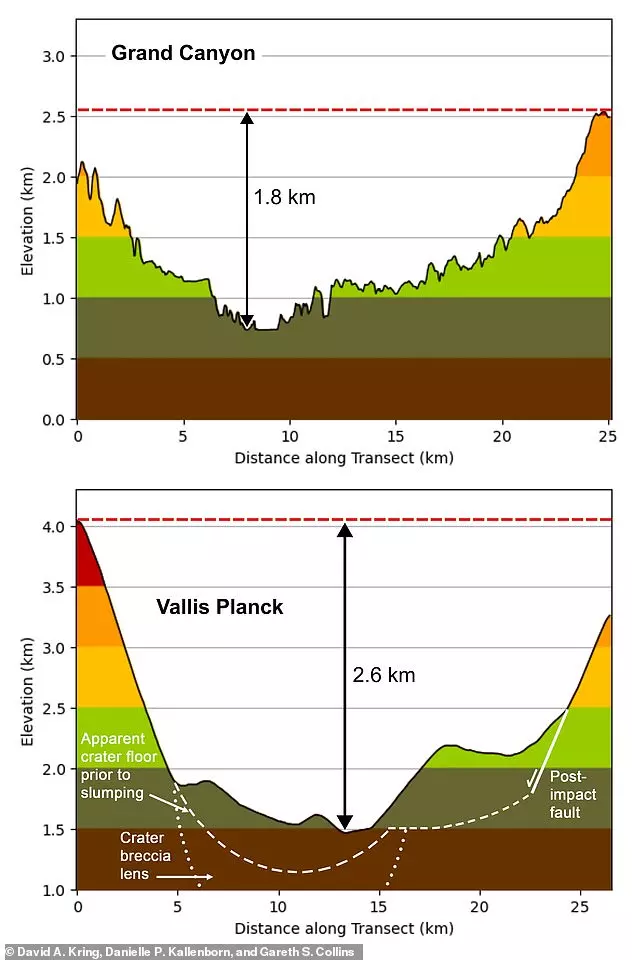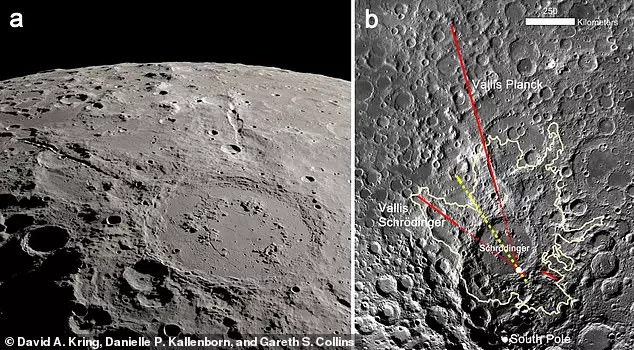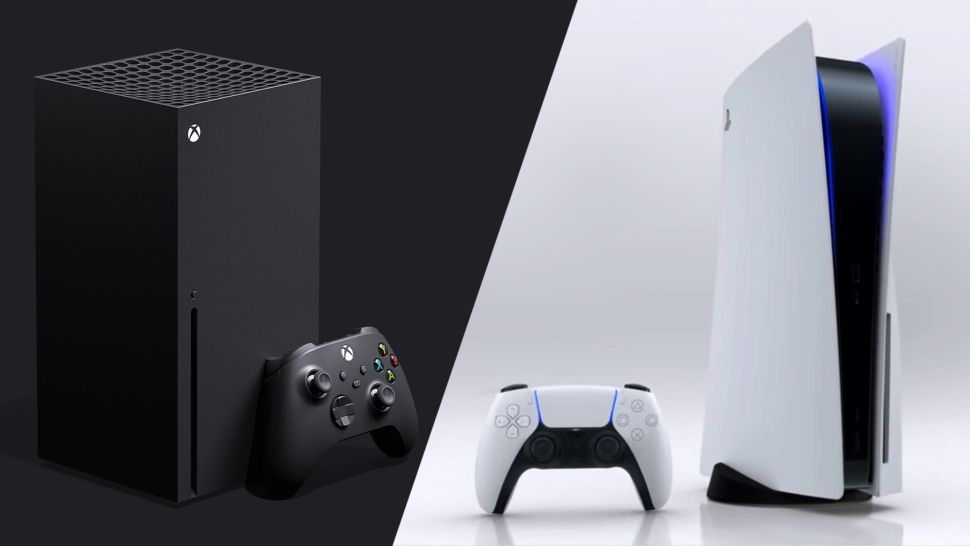When a huge asteroid hit the southern region of the moon 3.8 billion years ago, it fired so much that it had been cut from Grand Canyon in minutes. In Nature Communications in the days communication This discovery not only shines an important part of the moon's history, but also clarifies an important issue for NASA's future tasks.
According to the results, the asteroids are not touched by the asteroid, as the astronauts plan to collect patterns. The ARTEMIS spacecraft is to be held for the first time in 2027 on the moon. NASA sends them to the Antarctic, where the rocks will be collected from the southern Aitkeen basin, which is the largest and oldest group known to the moon. The 2500 -km pond gathered, but huge, but in the test area targeted by the Artemis team, they hope to collect rocks from the time of the formation of the pelvis.
Moon surface is widespread with many swimming pools and drilling. Jacob Bleacher, the smallest, the youngest, notes a large researcher on the NASA board, who is participating in planning the future moon tasks of Artemis. This trend indicates that huge asteroids have slowly disappeared from the solar system. In the early period, they were present in a larger number, were affected by the small planets, and perhaps several times they had ended the birth of life. Bleresh says that the number of these huge space rocks in the solar system has finally decreased, as I finally had the opportunity to contempt for their feet.
Aitken South Pole, according to researchers, contains one of the oldest effects of the Earth's system. Determination of the age of the pelvis can help explore the duration of the solar system planets from asteroids capable of extinguishing life. In a very simplification, the era of the group can help determine when life has started sustainable on Earth, says experts.
“The moon's surface is mainly a footprint of the early date of the solar system,” says the results report. Ticket He is a joint author of Daniel Calinborn, Planet Researcher at Importer London. But the problem is that researchers were unable to determine the age of the Aitken basin in the Antarctic-this will require samples.
This is where the above problem arises: inside the pool, to the north of the planned landing site on the ARTEMIS mission, there is a smaller and younger effect. The Schrödinger Basin is the second smallest moon bath, estimated at 3.8 billion years. Consequently, the asteroid that created the Schrodinger Basin was a danger to the scattered debris with the Artemis research area, which would have made efforts so far the era of the South Park Aitkin basin.
Therefore, Kallenoborn and his colleagues formulated the minutes when the asteroid drilled 25 km. The researchers analyzed images and height measurements collected by the 2009 lunar probe from NASA. The place where the asteroid was forced to land exactly and at an angle of getting debris to cut cracks that operate in a straight line from the Chrödinger basin edge.
These valleys are wide and deep like Grand Canyon, and they were formed when debris cut a thick line of the smaller drilling that has gathered or collapsed. The research group can estimate the size and speed of the debris that removed some drilling of cracks.
The team estimates that the asteroid flew over the Antarctic at a low angle before the effect, urges the surface north and the debris sprayed in front of the Artemis research area, so there is no risk of pollution with the subsequent effect. “The moon was largely under the entire history of Earth and recorded what happened.”





